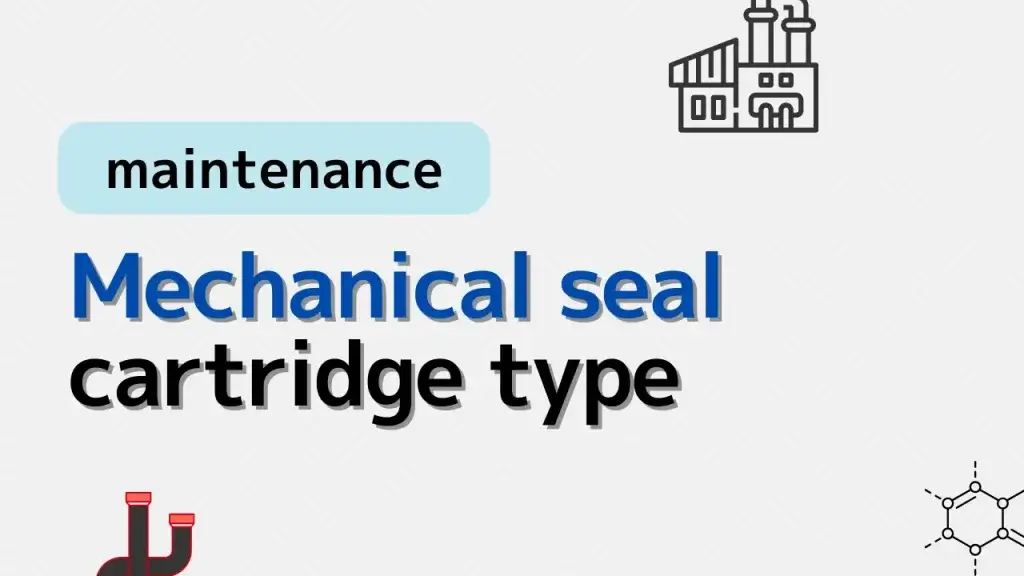Introducing articles from plantengineering.com.
In a sense, the most troublesome part of designing a centrifugal pump is the mechanical seal.
Cartridge-type mechanical seals have been on the market for a long time, but it is difficult to know their characteristics properly.
It’s okay if it leaks
Cartridge-type mechanical seals must always be prepared to leak.
There is nothing I can do about it because it leaves me with structural concerns.
Cartridge types are not suitable for hazardous materials that need to be tightly sealed.
don’t want to stop driving
Cartridge type mechanical seals are used in areas where you do not want to stop operation.
A typical example is utility systems such as cold water.
If you try to stop operation just because the coolant mechanical seal is broken, you will have a big problem.
Cartridge type is recommended because even if some coolant leaks, it will not directly affect operation.
In the event of a leak, replacing the seal is relatively easy.
However, it is assumed that there is an installed spare pump.
Stop the failed pump, switch it over, and replace the mechanical seal of the stopped pump.
Cartridge type mechanical seals require short replacement time, so they meet the needs of those who do not want to stop operation.
Minimize coordination with construction companies
Cartridge type mechanical seals do not require troublesome adjustment for replacement.
When replacing the mechanical seal of a regular pump
- The electrical company will remove the wiring or the mechanical company will slightly reposition the motor.
- Coordination is required with the company that will install and remove the pipes.
- If insulation is included, further coordination is required with another company.
You want to quickly replace the mechanical seal, but if there are many companies that make adjustments, it will take time to recover.
With cartridge type mechanical seals, you only need to coordinate with one company, so it’s very easy.
This is a blessing for maintenance personnel.
